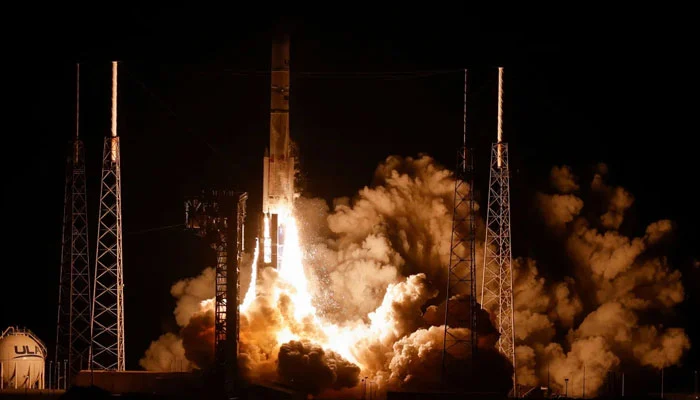The United Launch Alliance’s massive and unique Vulcan Centaur rocket successfully launched the potentially revolutionary Peregrine lunar lander from Cape Canaveral Space Force Station in Florida.
CNN reports that this is the first commercial lander attempting a moon touchdown as well as the first lunar landing mission for the US since 1972.
If all goes as planned, the Peregrine, which Astrobotic Technology created under a $108 million contract with NASA, will make history on February 23 when it lands on the moon.
During the historic launch, which was broadcast live online, Astrobotic CEO John Thornton showed his enthusiasm while outlining the 16-year journey that led to this crucial turning point.
Beyond providing development funds for Peregrine, NASA is actively involved in the program.
Five of the twenty payloads that Peregrine carries are scientific instruments from NASA that are aimed at monitoring radiation and analyzing soil on the moon.
The final fifteen payloads consist of contributions from several countries, a robotics experiment from the UK, and special things from DHL, the German delivery firm.
Controversially, Peregrine is moving human remains for the for-profit space burial firms Celestis and Elysium Space.
The Navajo Nation, the largest Native American community, has opposed this move because they believe the moon is sacred.
Celestis is charging more than $10,000 for their special service of transporting ashes to the moon, despite the controversy surrounding it.
Another cargo from Celestis, known as the Enterprise Flight, is transported with the Peregrine lander on the Vulcan Centaur rocket.
There are 265 capsules in this cargo containing DNA samples and human remains, including those of former US presidents and people from a variety of backgrounds. The Enterprise Flight is headed for outer space, where it will spend all of its time orbiting the sun.
The launch of ULA’s Vulcan Centaur rocket is an event of relevance, even beyond the scientific and symbolic importance of the lunar mission. With almost seventy flights scheduled, the accomplishment of Vulcan Centaur might fundamentally alter ULA’s standing in the fiercely competitive launch sector.
With two US-made rocket engines created by Blue Origin with funding from Jeff Bezos, the rocket is expected to replace ULA’s Atlas and Delta rockets. This is a major upgrade to the rocket’s first stage.
Despite obstacles caused by delayed engines and a number of other issues during its development,
The CEO of ULA, Tory Bruno, voiced confidence in the Vulcan Centaur program’s methodical and well-executed progress despite difficulties in its development, including delays owing to engine problems and a wrecked upper stage during testing.
Early signs suggested the rocket was functioning as planned as it shot across the heavens, indicating a positive beginning to its mission.







